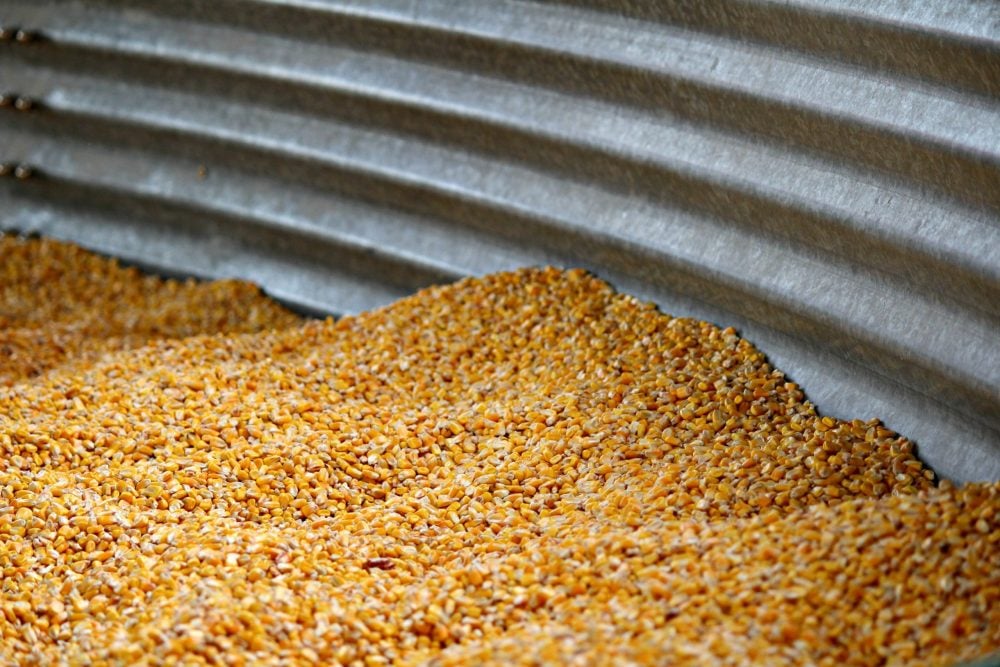The fine line between the stuff rope and paper are made of, and the stuff Cheech and Chong’s movies are made of, has been found on the plant’s genome.
A team of Canadian researchers has sequenced the genome of Cannabis sativa, which, depending on the strain, is known for its industrial or illicit recreational uses.
One genetic switch is likely responsible for the production of THCA (tetrahydrocannabinolic acid), the precursor of the active ingredient in marijuana, plant biochemist Jon Page of the University of Saskatchewan said in a release Thursday.
Read Also

Feed Grain Weekly: Demand, activity slowly rising
While demand and activity is slowly ramping up for the fall cattle run, feed grain prices are currently in decline, said a Lethbridge, Alta.-based trader.
The cross-country team compared Purple Kush, a “potent” marijuana variety, with the Finola hemp variety grown for seed production. Hemp lacks THCA, but does contain a non-psychoactive substance, cannabidiolic acid (CBDA).
“Detailed analysis of the two genomes suggests that domestication, cultivation, and breeding of marijuana strains has caused the loss of the enzyme (CBDA synthase), which would otherwise compete for the metabolites used as starting material in THCA production,” project co-leader Tim Hughes, a professor at the Terrence Donnelly Centre for Cellular and Biomolecular Research at the University of Toronto, said in the same release.
“The transcriptome analysis showed that the THCA synthase gene, an essential enzyme in THCA production, is turned on in marijuana, but switched off in hemp,” Page said.
Put simply, over thousands of years of cultivation, hemp growers selectively bred Cannabis sativa into two distinct strains: one for fibre and seed, the other for medicinal use.
Crops such as rice and corn have already seen their genomes mapped, but this marks the first such mapping for a medicinal plant, Page said. Marijuana has been used medicinally for more than 2,700 years, and continues to be explored for its pharmaceutical potential.
The researchers, whose work was published Thursday in the journal Genome Biology, said they expect sequencing the Cannabis sativa genome will help answer questions about the biology of the plant and encourage development of its various uses.
That would include development of high-producing industrial hemp plants, hemp seed varieties to produce high-quality edible oil, and strains for pharmaceutical production.
About 25,000 acres of the crop were sown in Canada in 2010, mostly in Manitoba, according to the Canadian Hemp Trade Alliance. Farmers must be licensed through Health Canada to grow hemp.
















